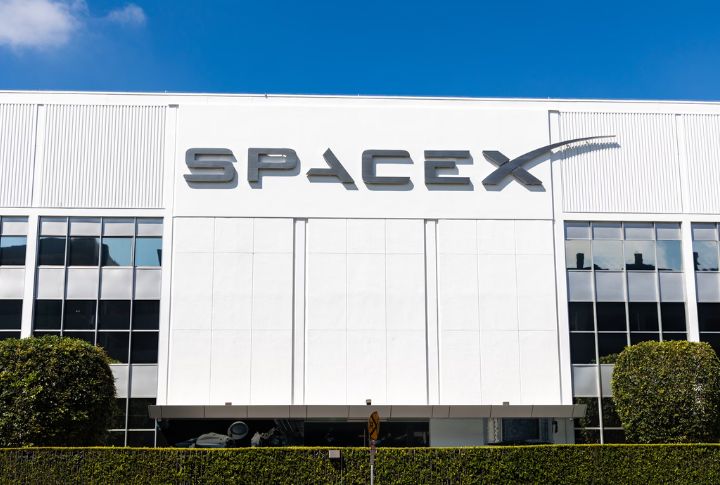
SpaceX revolutionized space travel from a government-dominated field into a bold new era of commercial innovation. It faced early struggles after its launch, including the devastating failures of its first three Falcon 1 launches. Yet, with determination and innovation, SpaceX set the stage for historic breakthroughs. Here are 20 SpaceX moments that reshaped the future of space travel forever.
Founding Of SpaceX (May 6, 2002)

In 2002, Elon Musk founded Space Exploration Technologies Corp., also known as SpaceX, to cut down space transportation costs and speed up the colonization of Mars. Musk invested $100 million of his own money into the venture, aiming to revolutionize the aerospace industry by developing reusable rockets.
First Successful Launch Of Falcon 1 (September 28, 2008)

After three failed attempts, SpaceX achieved its first major milestone when the Falcon 1 became the first privately produced liquid-fueled rocket to reach Earth orbit. Falcon 1’s success was vital for the company’s survival, as it demonstrated the viability of private spaceflight and secured a $1.6 billion contract with NASA.
Dragon Spacecraft’s Return To Earth (December 13, 2010)
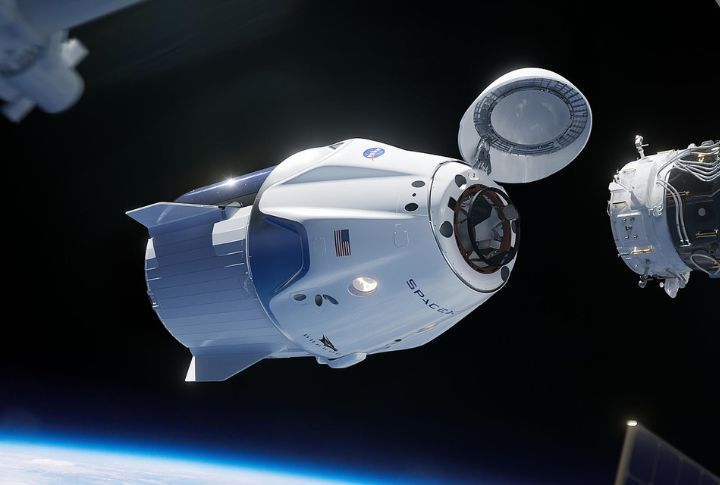
Before SpaceX’s Dragon spacecraft, no other commercial space vehicle had successfully traveled to and from orbit. Launched atop a Falcon 9 rocket, the uncrewed capsule orbited Earth and safely splashed down in the Pacific Ocean. The spacecraft’s return to Earth showed SpaceX’s capability to design, launch, and recover spacecraft, a critical step toward future crewed missions.
First Commercial Docking With The ISS (May 25, 2012)

The company made history by becoming the first private company to anchor a spacecraft with the International Space Station. The Dragon capsule, carrying cargo for the ISS, was captured by the station’s robotic arm and berthed successfully. Its success validated SpaceX’s role as a reliable partner for NASA.
First Propulsive Landing Of Falcon 9 First Stage (December 21, 2015)
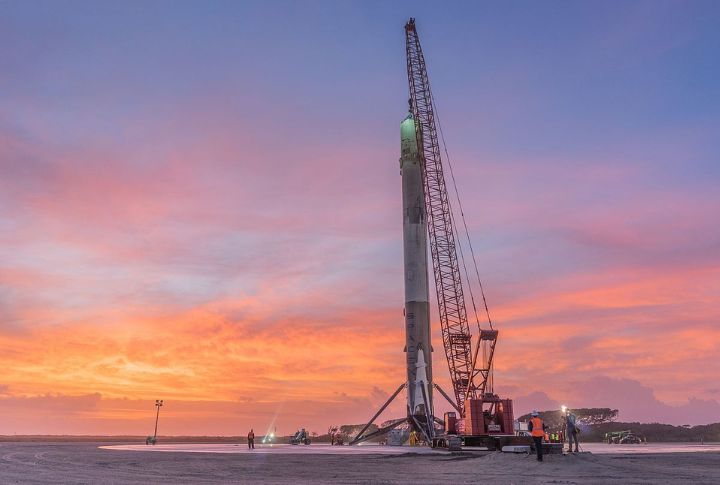
In a groundbreaking achievement, SpaceX successfully landed the initial stage of its Falcon 9 rocket back on Earth after delivering satellites to orbit. The booster executed a controlled descent and landed upright at Cape Canaveral, proving the feasibility of reducing cost by reusing rocket components.
Falcon Heavy’s Maiden Flight (February 6, 2018)
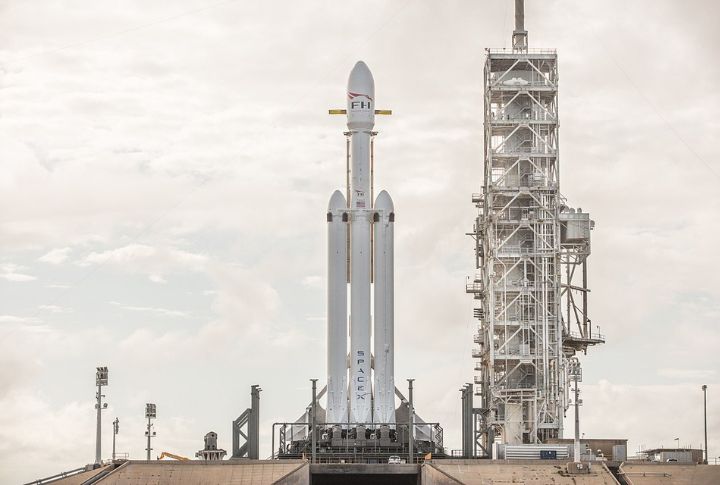
Falcon Heavy’s successful maiden flight was yet another significant milestone. As the most powerful operational rocket at the time, Falcon Heavy generated over five million pounds of thrust at liftoff. The launch captured global attention, particularly due to its unique payload: Elon Musk’s personal Tesla Roadster.
NASA’s Selection Of Starship For Artemis Missions (April 16, 2021)

NASA has selected SpaceX’s Starship as the Human Landing System (HLS) for its Artemis III and IV missions. These missions aim to return humans to the Moon for the first time in over 50 years. The Starship will transport astronauts from lunar orbit to the Moon’s surface and back—a major milestone in public-private collaboration.
First Starlink Satellite Launch (May 23, 2019)
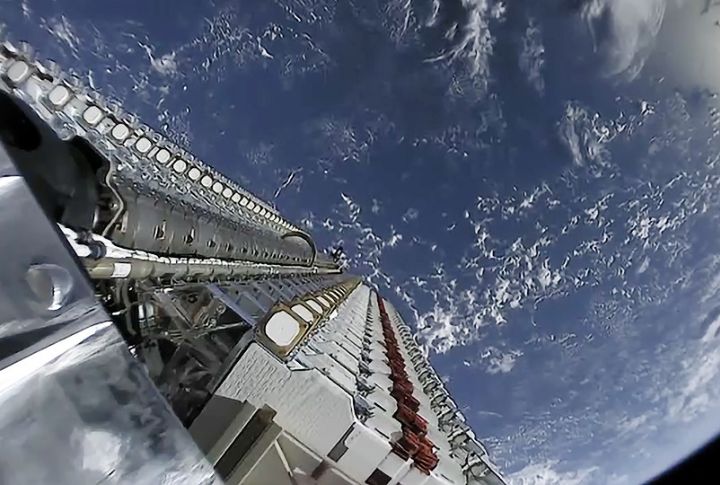
To revolutionize global internet connectivity, SpaceX launched its first batch of 60 Starlink satellites on May 23, 2019. This ambitious project utilized a previously flown Falcon 9 rocket to create a mega-constellation of satellites, providing high-speed internet access worldwide.
Crew Dragon Demo-2 Mission (May 30, 2020)
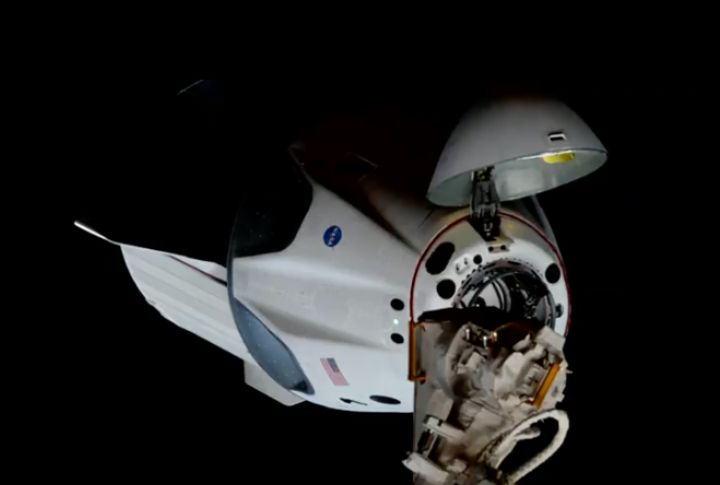
A pivotal moment in SpaceX’s history occurred with the takeoff of the Crew Dragon Demo-2 mission. With this, SpaceX made history as the first private company to transport astronauts—NASA’s Bob Behnken and Doug Hurley—to the International Space Station (ISS). Launching from Kennedy Space Center’s historic Launch Complex 39A, the mission ended a nine-year pause in crewed launches from U.S. soil.
Inspiration4: First All-Civilian Orbital Mission (September 15, 2021)
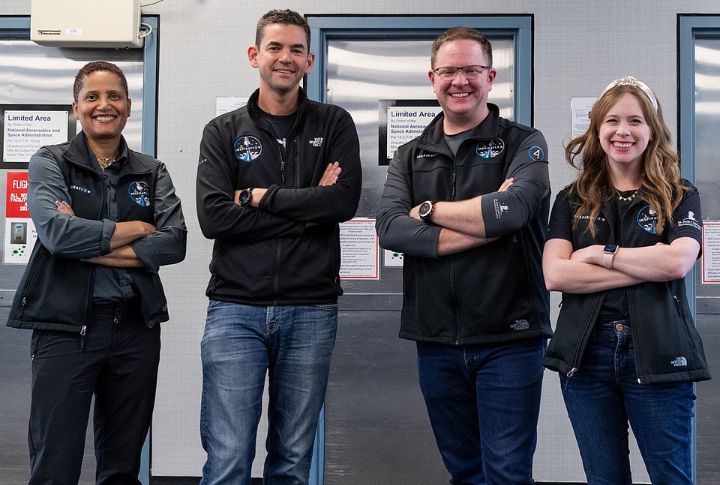
Inspiration4, the first all-civilian orbital mission, was a significant step towards democratizing space travel. The orbital flight was commanded by Jared Isaacman, a billionaire entrepreneur, and included three civilian crew members: Hayley Arceneaux, Sian Proctor, and Chris Sembroski. They orbited Earth for three days aboard the Crew Dragon spacecraft, conducting scientific research.
Starship SN5 150-Meter Hop (August 4, 2020)
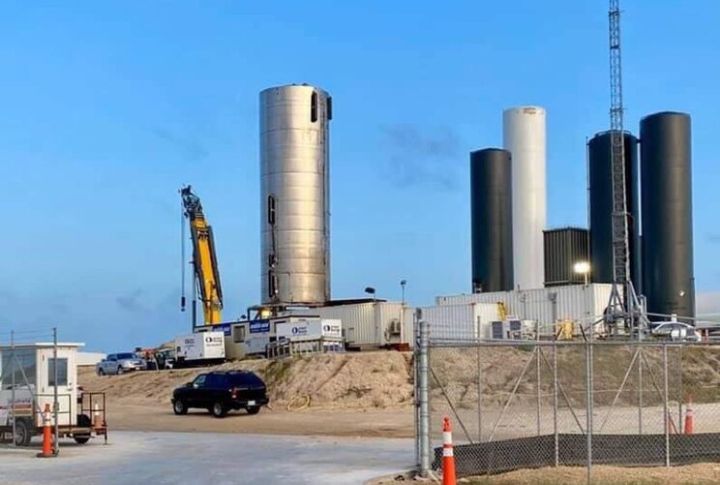
The successful 150-meter “hop” of the SN5 prototype was a significant milestone in the company’s Starship development program. Powered by a single Raptor engine, the stainless-steel vehicle lifted off, hovered, and landed safely at the Boca Chica test site in Texas. Its success proved the viability of the Starship design and its propulsion system.
Starship’s First Integrated Flight Test (April 20, 2023)
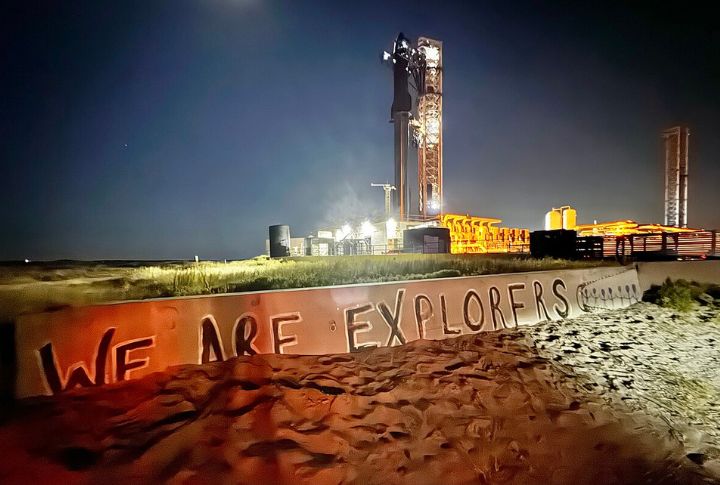
On this day, SpaceX conducted the maiden flight of its fully integrated Starship launch vehicle, which combined the Super Heavy booster and the Starship upper stage. It was the first time the complete system was tested together to validate the design and performance of the world’s most powerful rocket.
Starship’s Second Flight Test (November 18, 2023)
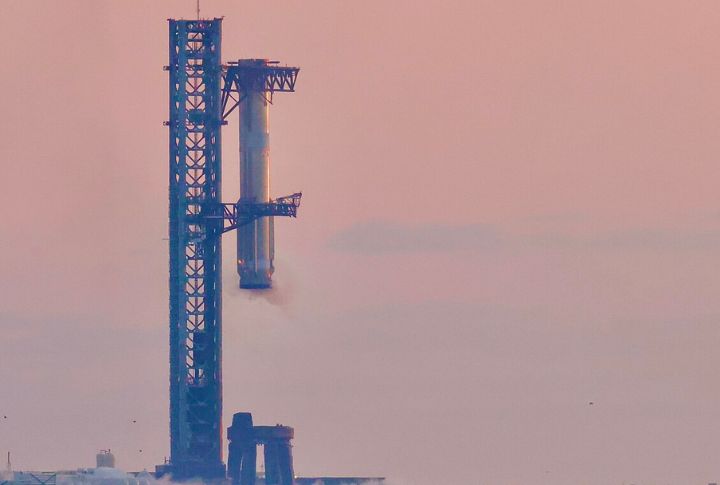
Building upon insights from the first test, SpaceX launched the second integrated flight of Starship on November 18, 2023. All 33 Raptor engines on the Super Heavy booster were ignited during this mission, and the Starship was successfully separated. The flight advanced further than its predecessor.
Polaris Dawn Mission (September 10–15, 2024)
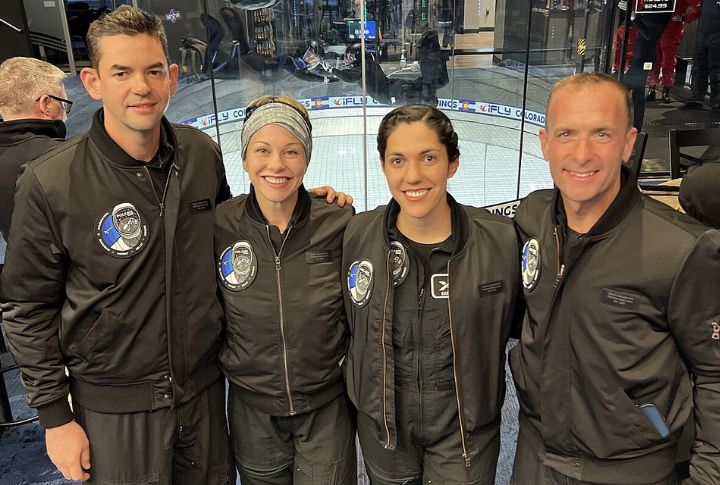
The Polaris Dawn mission, led by entrepreneur Jared Isaacman, included the first-ever commercial spacewalk. During the mission, Isaacman and mission specialist Sarah Gillis tested new spacesuits designed for future lunar and Martian tours. They also reached an altitude of approximately 1,400 kilometers, the highest Earth orbit achieved by humans since the Apollo missions.
Starlink V2 Mini Deployment (April 12, 2025)

The space company launched a batch of 21 Starlink satellites, including 13 equipped with Direct to Cell capabilities. This marked an important step in expanding global internet coverage. The second-generation satellites are designed to enhance connectivity, particularly in remote areas. The V2 Mini satellites feature improved antennas and more powerful onboard processing systems.
Starship’s Seventh Flight Test (January 16, 2025)
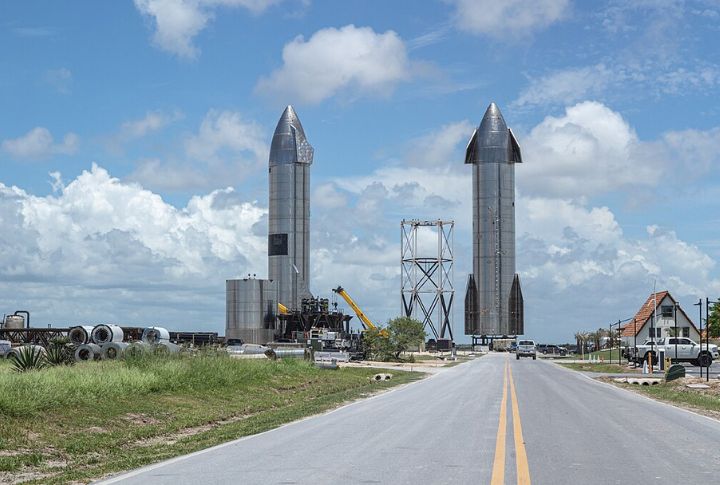
This test featured the first Block 2 Ship standing at 403 feet. The spacecraft lifted off from Starbase in Texas, igniting all 33 Raptor engines on the Super Heavy booster. However, approximately eight minutes into the flight, SpaceX lost contact with the Starship upper stage, resulting in the loss of the vehicle.
Fram2: First Crewed Polar Orbit Mission (March 2025)

Funded by cryptocurrency billionaire Chun Wang, this mission included four amateur astronauts, among them British-Norwegian filmmaker Jannicke Mikkelsen. Over the course of 55 orbits, the crew became the first humans to view both the North and South Poles from space. The mission also conducted the first X-ray experiment in space.
SpaceX Rescues Stranded NASA Astronauts From ISS (March 2025)
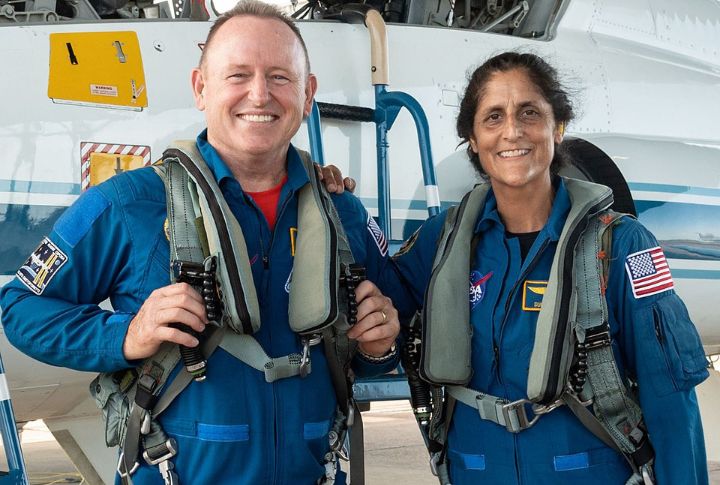
SpaceX successfully rescued two NASA astronauts, Barry “Butch” Wilmore and Sunita “Suni” Williams, who had been stranded aboard the ISS for nine months due to problems with Boeing’s Starliner spacecraft. Originally meant to return after just eight days, the astronauts remained in orbit as NASA ruled the Starliner unsafe for re-entry.
400th Flight-Proven Falcon Booster Launch (April 10, 2025)

Elon’s space company launched its 400th flight-proven Falcon 9 booster during a Starlink mission from Kennedy Space Center. This demonstrated SpaceX’s rapid launch cadence and operational efficiency, with the booster completing its 10th flight—a record for the number of reuses of a single orbital-class rocket.
Starshield Mission For The National Reconnaissance Office (April 12, 2025)

Once again, SpaceX proved its worth when it launched a Falcon 9 rocket carrying Starshield satellites for the National Reconnaissance Office (NRO) from Vandenberg Space Force Base. Designated NROL-192, it marked the ninth NRO mission supported by SpaceX. The successful satellite deployment contributed to the NRO’s proliferated architecture satellite constellation.

